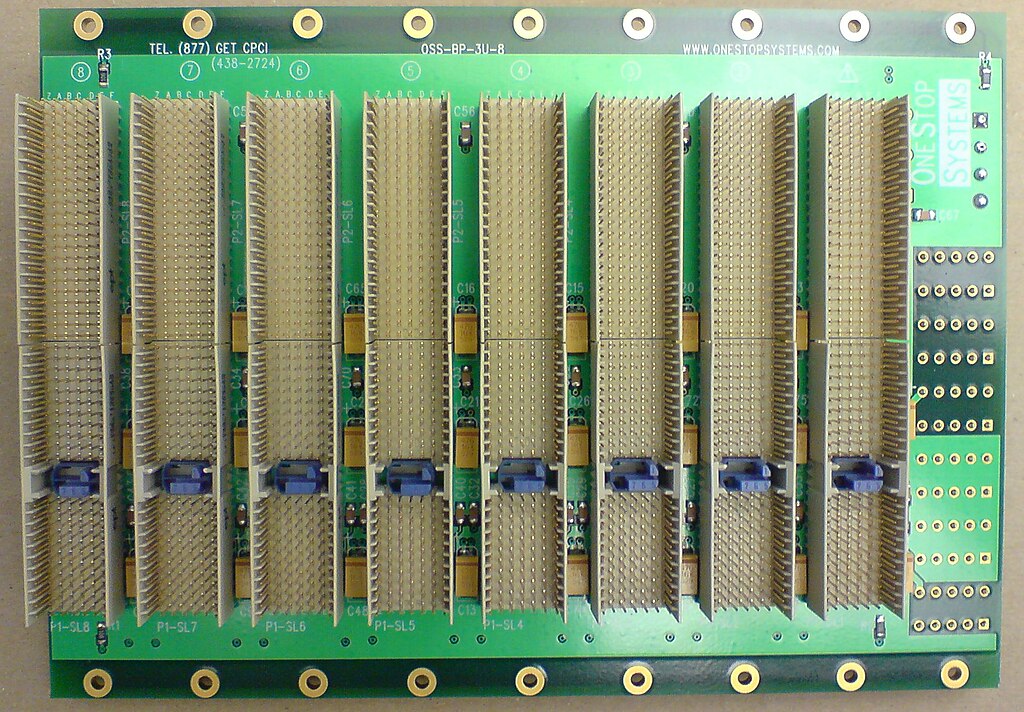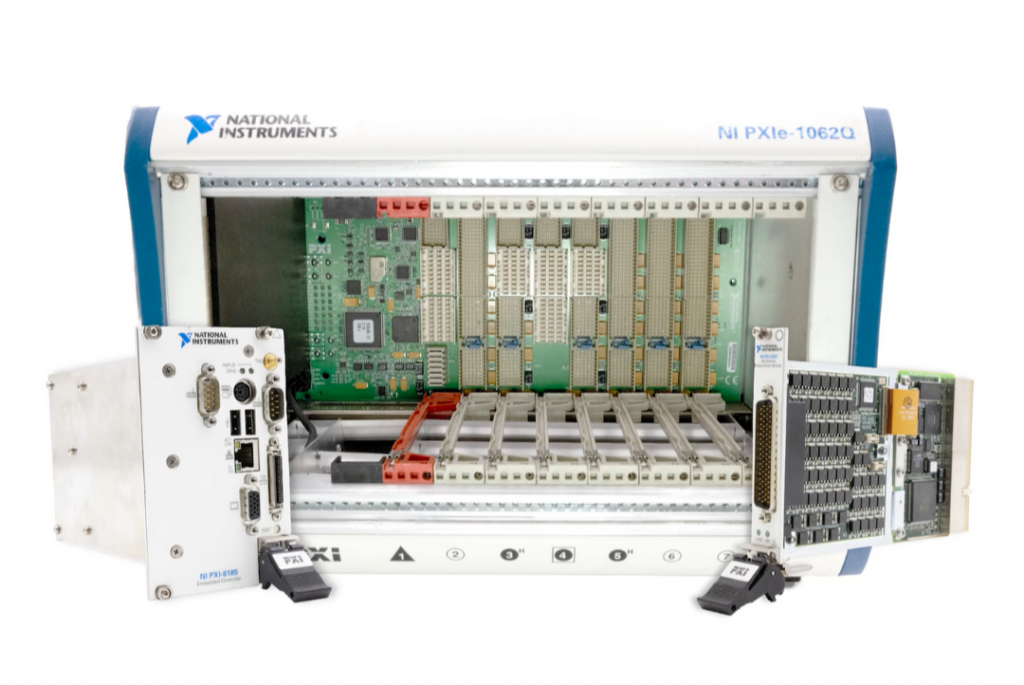To meet the precision and reliability demands of test and measurement, the PXI Systems Alliance (PXISA) created the PXI specification standards. These technical requirements, maintained by the PXI Systems Alliance (PXISA), define the mechanical, electrical, and functional characteristics of PXI systems and modules. In this post, we’ll explore these specification standards and examine their significance in the realm of test and measurement.

A Foundation in CompactPCI
The PXI specification standards have their roots in the CompactPCI (CPCI) specification. However, PXI goes beyond CPCI by incorporating features tailored specifically for test and measurement applications.
High-Performance PCI Bus
PXI incorporates a high-performance PCI bus for data transfer, ensuring rapid and efficient communication between modules. It further enhances this with a dedicated PXI Express bus designed for high-speed data exchange.
Synchronization and Triggering
For applications that require synchronization, PXI provides a global synchronization bus that allows multiple PXI modules to work in perfect harmony. A dedicated trigger bus facilitates seamless coordination between various PXI modules, while integrated timing and triggering capabilities offer precision timing control- essential in many test setups.
Rugged Eurocard Mechanical Packaging
To withstand challenging environments, PXI adheres to a rugged Eurocard mechanical packaging system, ensuring durability and reliability.
Beyond the basics, PXI specification standards encompass a range of requirements, including power specifications to ensure compatibility and reliable module operation within the PXI ecosystem, considerations for environmental factors that lead to standardized operating conditions for PXI equipment, and provisions for software compatibility, facilitating seamless integration and operation of diverse modules.
Key PXI Specification Standards
The PXI specification is not just about performance, but also about resilience in demanding conditions. As previously mentioned, it builds on the robust foundation of compactPCI, utilizing high-performance IEC connectors and a rugged Eurocard packaging system. However, PXI goes further by adding specific cooling and environmental requirements- making it well-suited for industrial environments.

While all the mechanical specifications from the CompactPCI standard directly apply to PXI systems, PXI introduces additional requirements to simplify systems integration. This includes mandating forced-air cooling for all chassis and recommending comprehensive environmental testing covering aspects like temperature, shock, vibration, and humidity.
To ensure international standards compliance, the PXI specification also enforces electromagnetic emissions and susceptibility testing, solidifying PXI’s suitability for use in a wide range of test and measurement applications, even in the most challenging settings.
PXI harnesses the power of the same advanced pin-in-socket connector system found in CompactPCI. These connectors, defined by the International Electrotechnical Commission, offer an impressive 2 mm pitch and deliver unparalleled electrical performance in all conditions.
In addition to major versions, the PXISA regularly publishes minor revisions and addenda to address specific issues or introduce new features. This commitment to refinement ensures that PXI remains at the forefront of test and measurement technology.
PXI specification standards are the backbone of PXI systems and modules. They guarantee interoperability, allowing engineers to mix and match components from different vendors to create tailored test setups. Understanding these standards is pivotal in the pursuit of precision and reliability in test and measurement applications. Embracing PXI specifications ensures that your equipment is not just compliant, but also optimized for excellence!







